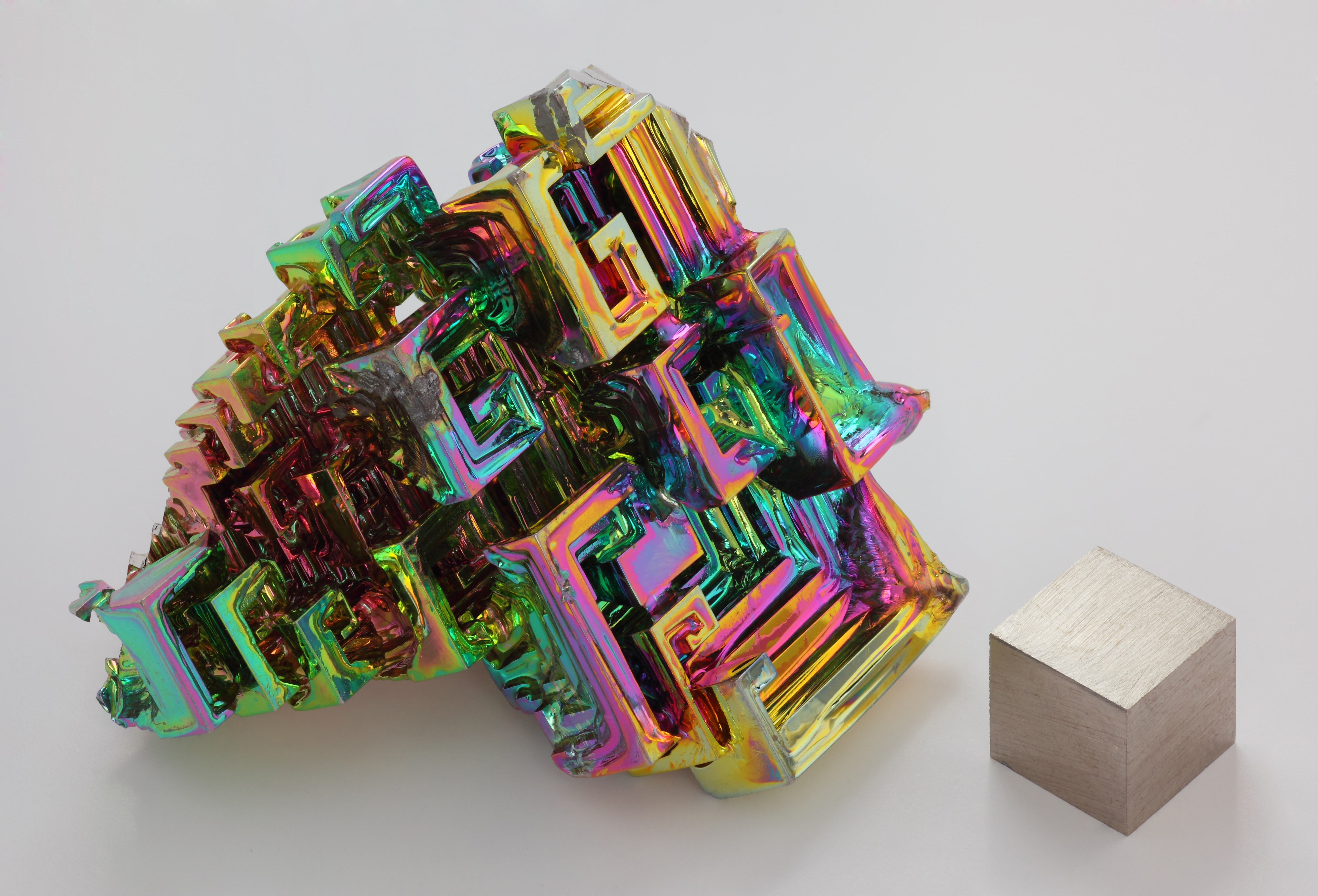I've got another science project! For my last project on amino acids, thanks to your help, I was able to talk about the simplicity of glycine (although it still looks as flat and unsymmetrical as ever, billymills), the vivid colors of tryptophan in a 3D protein structure (before this, I thought amino acids were too small to see), and the toxicity of a common neurotransmitter (monosodium glutamate). Thank you all for the responses! My science teacher was very pleased with my "original research" and "work ethic" and gave me some hall passes as a reward.
Anyways, for the next class project, I said I would make a list of some fun facts of the chemical elements! So, what is your favorite element, and why? If you would like me to cite you as something other than your Smogon username, be sure to let me know.
edit: forgot to thank college chemistry student Folgorio for his help writing the information seen above
Anyways, for the next class project, I said I would make a list of some fun facts of the chemical elements! So, what is your favorite element, and why? If you would like me to cite you as something other than your Smogon username, be sure to let me know.
I don't know if I have a favorite, but nitrogen is pretty interesting so we'll just call it #1.
Nitrogen's atomic number is 7, which is the smallest prime number.
By volume, diatomic nitrogen is 78% of the Earth's atmosphere and is both colorless and odorless. Its dissociation energy extremely high, at 942 kJ/mole, which means utilization of atmospheric nitrogen requires conversion to more accessible forms (naturally through nitrogen fixation, industrially through the Haber process). If a nanoparticle is used to catalyze N2 dissociation, only specific sites on the nanoscale are catalytically active (imagine building a sphere with a small number of legos - different parts of your "sphere" are different and only some of them bind to N2).
Nitrogen has five valence electrons, which leaves a lone pair in sp2 hybridized nitrogen. The lone pair can contribute towards aromaticity (in pyrrole) or towards basicity (in pyridine). Imidazole contains two nitrogens; the protonated nitrogen's lone pairs contribute towards aromaticity, while the other nitrogen is basic. The imidazole side chain of histidine, my favorite amino acid, has a pKa of 6.0, which means it spans a wide range of protonation states at physiological pH. As a result, histidine is utilized in many catalytic active sites in several different ways.
Look at the byline in this paper for the strain-promoted azide/alkyne cycloaddition and blow your mind.
Honorable mentions go to hydrogen (acid, hydride, 2H/3H fusion) and sulfur (soft biological nucleophile)... and many other elements that have their own niches!
Nitrogen's atomic number is 7, which is the smallest prime number.
By volume, diatomic nitrogen is 78% of the Earth's atmosphere and is both colorless and odorless. Its dissociation energy extremely high, at 942 kJ/mole, which means utilization of atmospheric nitrogen requires conversion to more accessible forms (naturally through nitrogen fixation, industrially through the Haber process). If a nanoparticle is used to catalyze N2 dissociation, only specific sites on the nanoscale are catalytically active (imagine building a sphere with a small number of legos - different parts of your "sphere" are different and only some of them bind to N2).
Nitrogen has five valence electrons, which leaves a lone pair in sp2 hybridized nitrogen. The lone pair can contribute towards aromaticity (in pyrrole) or towards basicity (in pyridine). Imidazole contains two nitrogens; the protonated nitrogen's lone pairs contribute towards aromaticity, while the other nitrogen is basic. The imidazole side chain of histidine, my favorite amino acid, has a pKa of 6.0, which means it spans a wide range of protonation states at physiological pH. As a result, histidine is utilized in many catalytic active sites in several different ways.
Look at the byline in this paper for the strain-promoted azide/alkyne cycloaddition and blow your mind.
Honorable mentions go to hydrogen (acid, hydride, 2H/3H fusion) and sulfur (soft biological nucleophile)... and many other elements that have their own niches!
edit: forgot to thank college chemistry student Folgorio for his help writing the information seen above
Last edited:


























